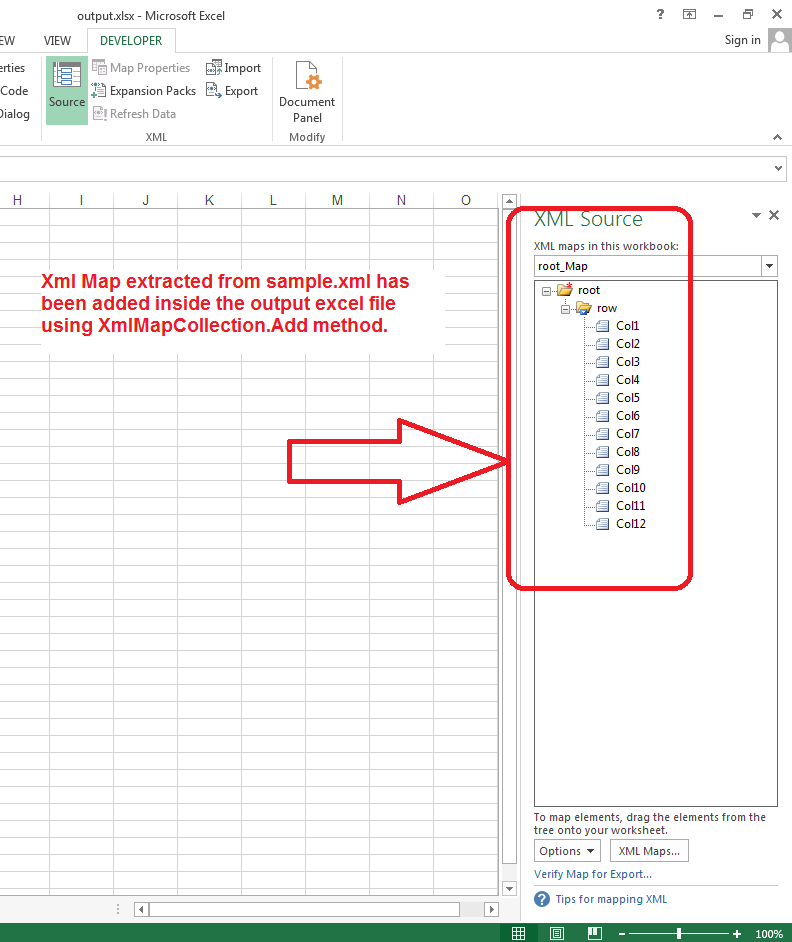
I added the result element to the elements repository in Test Studio from the Add to Elements option in the context menu.

The attached example is a test recorded against, where I multiply 2 numbers to get a large number > 1,000. This makes it easier and more reliable to compare the values and get consistent results. Here we can trim the unnecessary parts of the string and convert it to an integer or a double. Since both of those strings have different formatting (the first one has an additional comma and $ sign and more), I believe that the best way is to use a coded step. The idea is to compare a string in the application under test, to a essentially a string from the data source. I recorded a sample test against a public application to make it easier to explain my next suggestions. I understand how the previous suggestions will not be applicable to your tests. Thank you for sharing more details and an example for your test scenario. I have attached our working data spreadsheet so you can see the progression of the data calculations and values.Īny further help you could give us that means we don't have to maintain both an excel file and a csv file would be appreciated. I hope this gives you enough information on the use cases we are trying to test and how we are setting up the data.
Baseelements export field contents plus#
We didn't hit a problem with any of the journey tests we have done so far until this last one, as it was testing larger values and we hit this issue with the comma needing to be present in the expected value in Test Studio as it is naturally displayed on the web pages we are testing with a comma for 1,000 plus values. So I am verifying line item prices, line item totals, sub totals, delivery charges, VAT totals, overall totals and then the same again, but when a discount is applied, as examples.
Baseelements export field contents verification#
Once the data has been setup in the spreadsheet I then use each column of data for individual verification steps though the cart and checkout user journey. This is why option 1 you offered won't work for these use cases as we need to be able to perform complex maths functions on the data (rounding and percentages for example). For example, calculating a VAT total, then adding this total to a cart total price etc. It starts with a plain base price value and then performs calculations in each cell for the progressing values. The spreadsheet rows contain every relevant piece of pricing data, as you progress through the cart and checkout. This is our use case (test) that I am trying to carry out:Ī retail user journey from product selection through the cart and checkout journey. This is very impractical from a maintenance point of view. Also, the csv file route is not ideal as we would have to keep an excel file to do the calculations in and then convert it to a csv every time we want to add a new row of data (and accompanying Test Studio test).

Thank you for the reply they are both great suggestions for getting around my issue, unfortunately option 1 won't work for us as we have mathematical calculations that don't function once you convert the fields to text. I will try to provide another suggestion for you. I will also appreciate, if you can share more details about the use case you have and any specifics that might be relevant. In case they do not cover it, or you have any follow up questions, please do not hesitate to get back to me.


I hope that the above mentioned details will help you automate the test scenario. I was able to add the CSV file and bind the test to it to get the expected results. For example, when I exported the 1389.39 value from Excell (it looked like so "£1,389.39") it was saved in CSV as "£1,389.39". I tried exporting the Excel file, with currency formatting, to CSV file format and I noticed that during the export the formatting was set as cell value.This way Test Studio will use the cell value with the added comma, because it is now part of the cell value and not added by Excel for visual representation. Change the cell formatting in Excel to Text and manually add the comma "," where it is necessary.Please find more details, for each of them, below. You can see which values will be used, when you initially bind the test to the data source (see dataBindingPreview.png).Īt this point, with the provided information for the test scenario, I have 2 suggestions to automate your test. This additional formatting is not actually part of the cell content, which Test Studio uses in the data binding. You can apply additional formatting to the cell, like currency sign, decimal numbers and a visual separator. I tested this test case extensively on my end and I will share more details about the data binding with Excel in Test Studio.


 0 kommentar(er)
0 kommentar(er)
